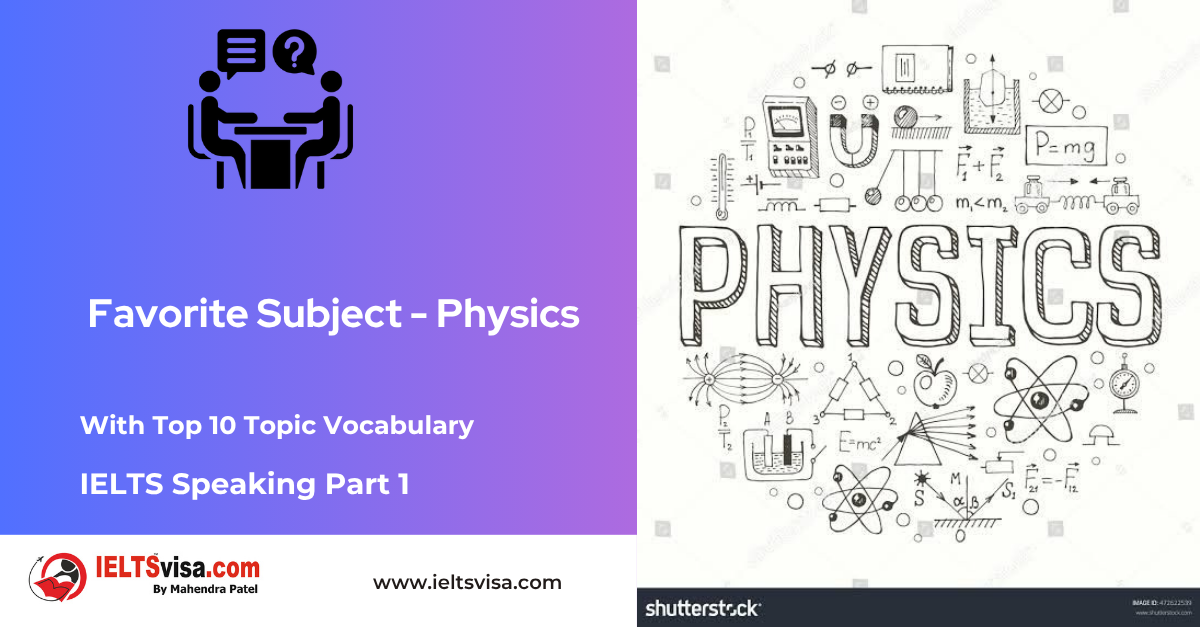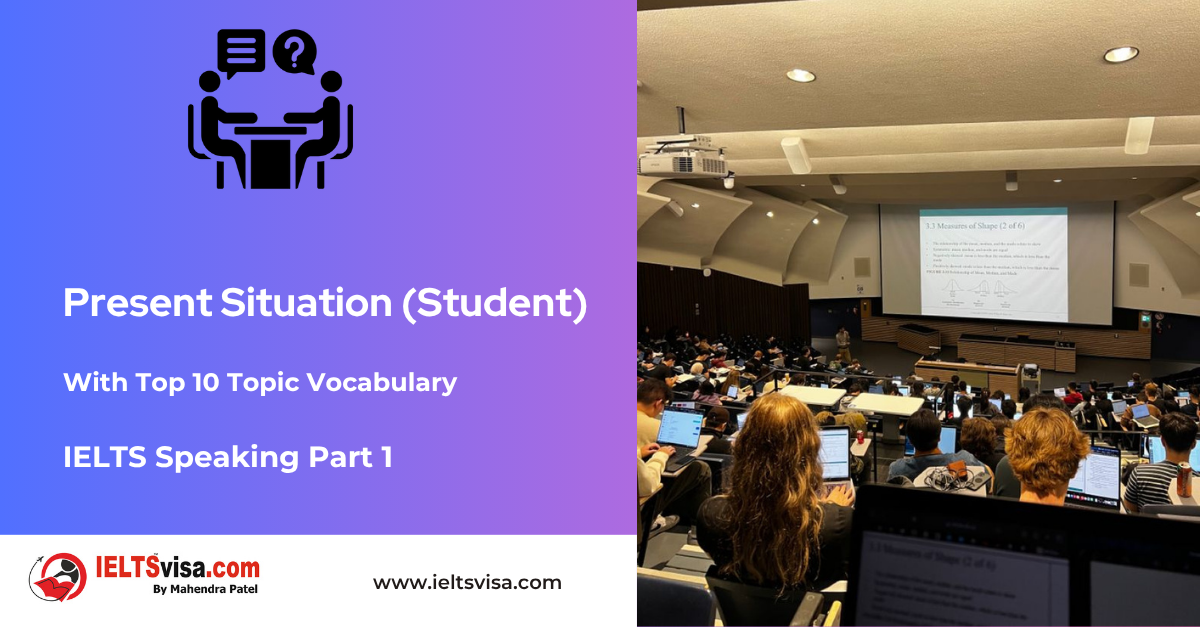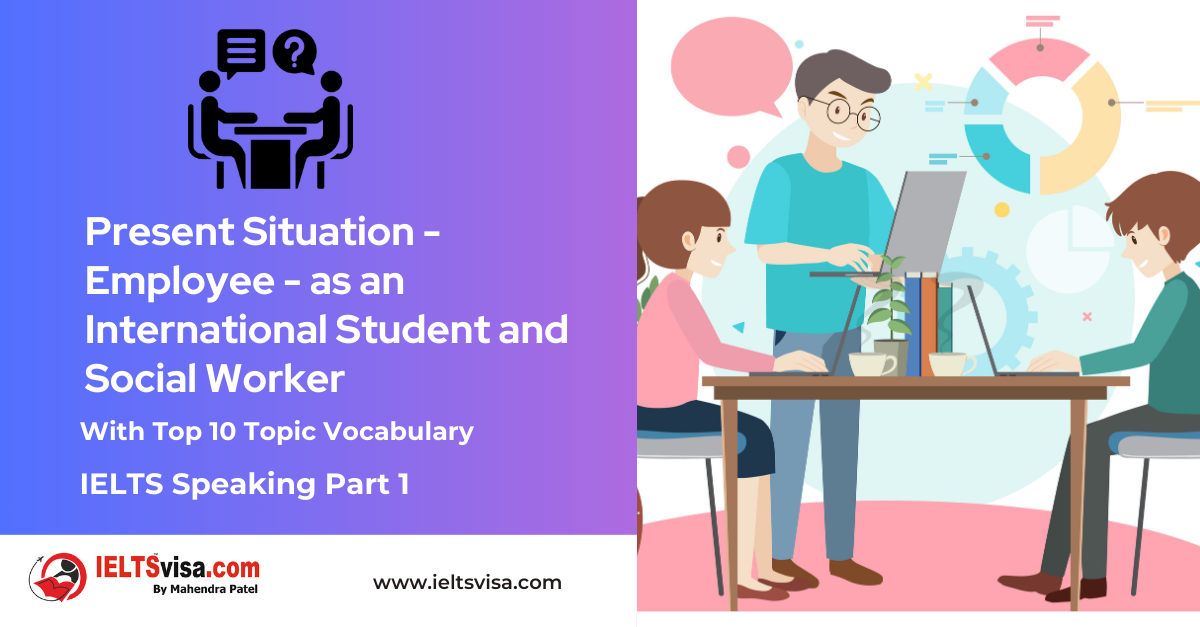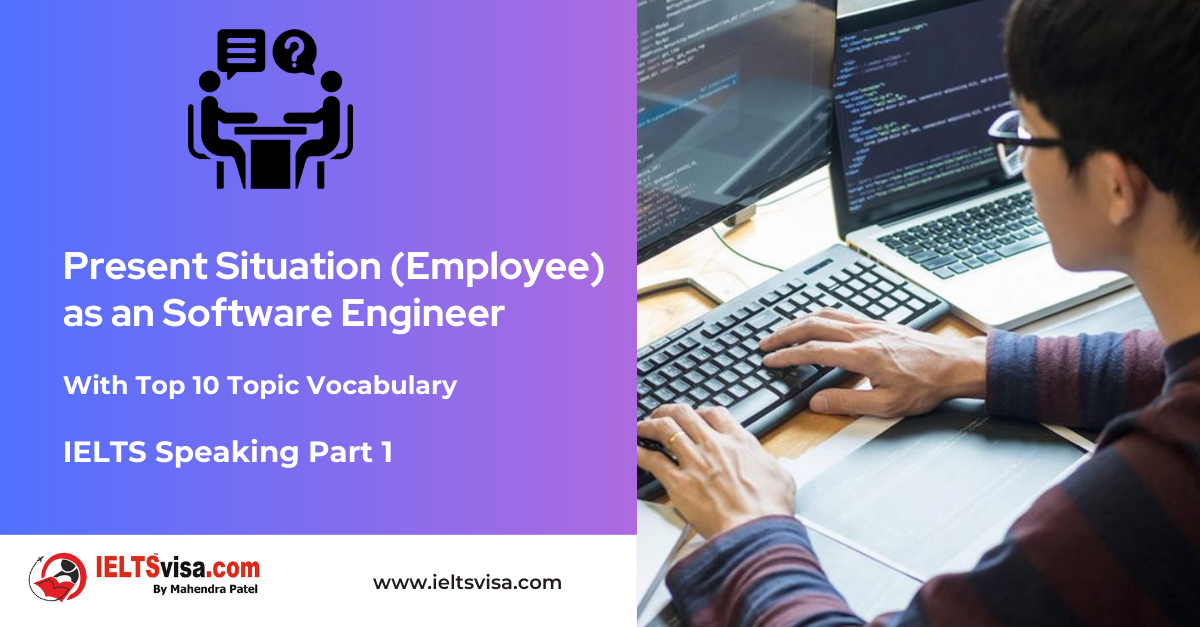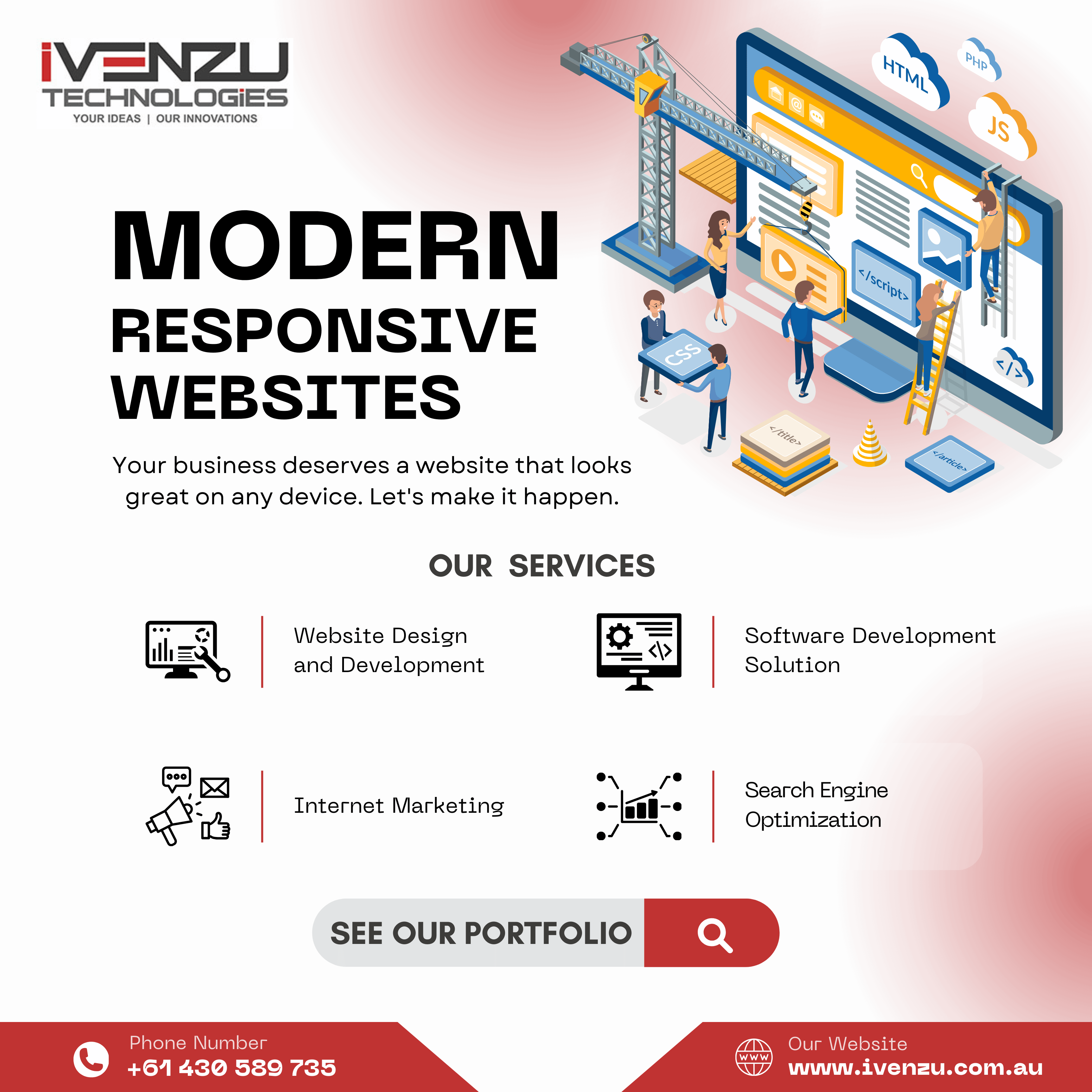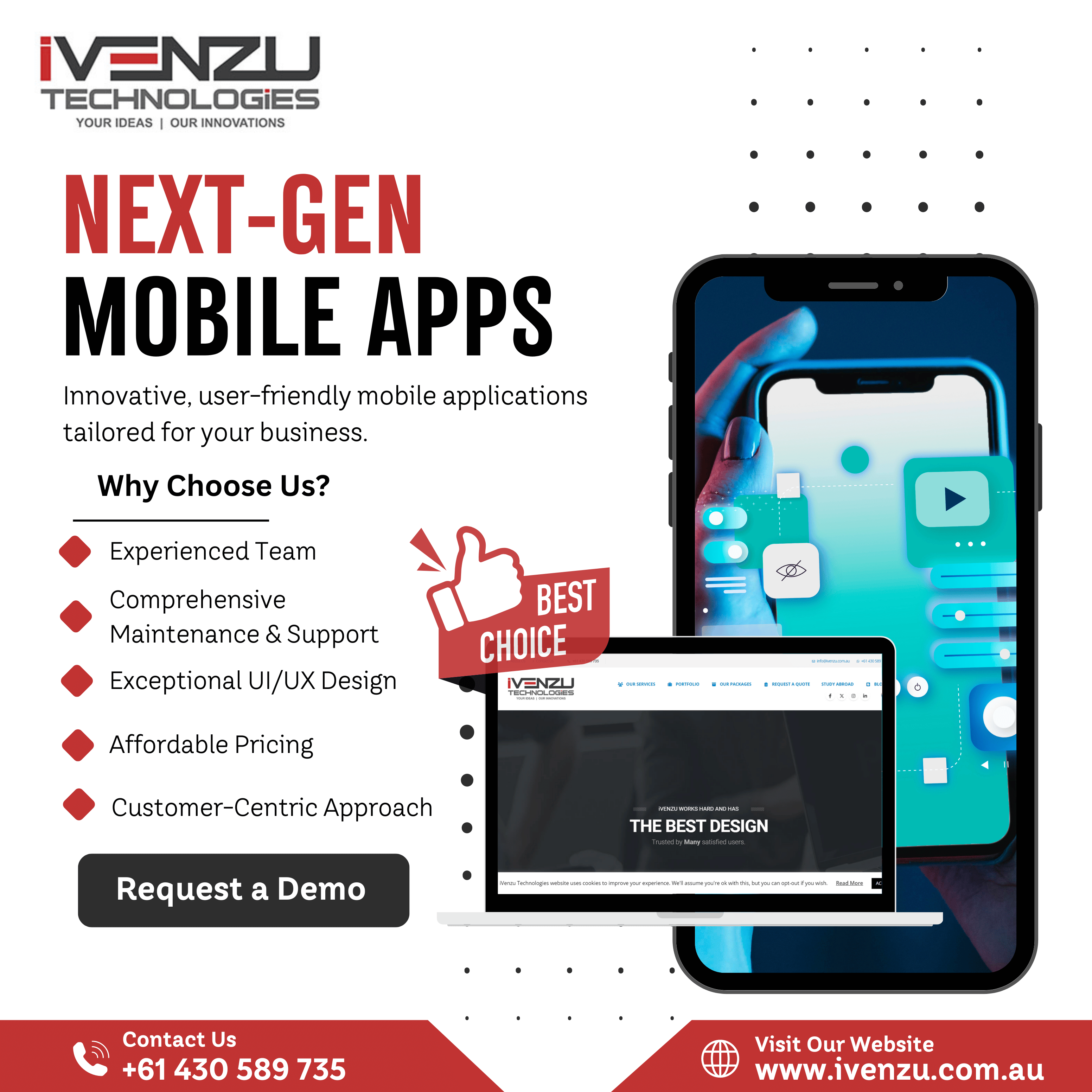IELTS Speaking Part 1 – Transportation as student
IELTS Speaking Practice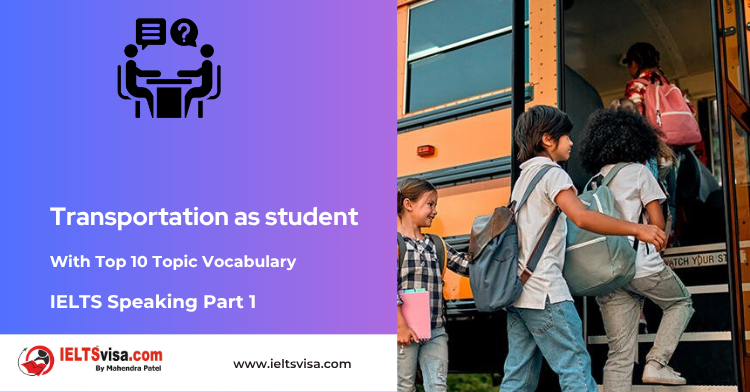
IELTS Speaking Part 1 – Transportation as student
Examiner: What is the most common form of transportation in your city?
Candidate: In my city, buses are the most common form of transportation. They run on fixed routes and are relatively affordable, making them a popular choice for students and working professionals alike.
Examiner: Have you ever taken a long-distance train or bus? If so, how was the experience?
Candidate: I once took a long-distance bus to visit my grandparents in another city. It was a bit uncomfortable, as the ride was long and the seats were not spacious. However, it was also an interesting experience as I got to see some new scenery along the way.
Examiner: What do you think is the most environmentally friendly form of transportation?
Candidate: I believe that bicycles are the most environmentally friendly form of transportation, as they do not produce any harmful emissions and are powered solely by human energy.
Examiner: Do you think that people should use public transportation more often?
Candidate: Public transportation is a good way to reduce traffic congestion and pollution. However, it can also be inconvenient at times due to issues like long wait times or crowded vehicles.
Examiner: What is your favourite mode of transportation, and why?
Candidate: My favourite mode of transportation is cycling. It’s not only a great way to get around but also a fantastic way to stay fit and enjoy the outdoors. I love the freedom and flexibility it offers, and it’s much better for the environment than driving a car.
Examiner: How do you usually travel to school or uni?
Candidate: I usually take the bus or subway to school because it’s convenient and affordable. Sometimes I walk or ride my bike if the weather is nice, and I want exercise.
Examiner: What do you think are the advantages and disadvantages of taking public transportation?
Candidate: The advantages of public transportation are that it’s usually cheaper and more eco-friendly than driving. It also allows you to relax, read, or catch up on work during your commute. However, the disadvantages include crowdedness, delays, and sometimes safety concerns.
Examiner: Have you ever been in a traffic jam? How did you feel?
Candidate: I’ve been in traffic jams before, and they’re frustrating because they make me late for my destination and waste my time. It also contributes to air pollution and greenhouse gas emissions, which are bad for the environment.
Examiner: Do you think electric cars are the future of transportation?
Candidate: I think electric cars have a lot of potential for reducing greenhouse gas emissions and improving air quality. They’re also becoming more affordable and efficient, making them a practical choice for many people. However, some challenges remain to overcome, such as limited range and charging infrastructure.
Examiner: What are some common problems people face when using public transportation?
Candidate: Common problems include overcrowding, delays, and occasional breakdowns. Additionally, it can be challenging to navigate routes and schedules, especially in unfamiliar areas.
Examiner: How do you think transportation could be improved in your city?
Candidate: I think improving public transportation infrastructure, such as increasing the frequency of buses and trains and expanding bike lanes, would make commuting more accessible and efficient. Also, enhancing real-time tracking apps could help passengers plan their journeys better.
Examiner: How do you think technology has impacted transportation in recent years?
Candidate: Technology has significantly impacted transportation in recent years. The rise of ride-sharing apps has made it easier to get around, and GPS navigation has improved the efficiency of public transportation. Additionally, advancements in electric vehicle technology are paving the way for a more sustainable future.
Examiner: Do you think self-driving cars will replace human drivers in the future?
Candidate: While self-driving cars have the potential to revolutionize transportation, I don’t believe they will completely replace human drivers. There will likely be a hybrid model where humans and self-driving cars coexist, using self-driving technology for specific tasks or in certain environments.
Top 10 Topic Vocabulary for “Transportation as student”
|
Vocabulary |
Type |
Meaning |
Synonyms |
Antonyms |
Word Family |
Example Sentences |
|
Commuter |
Noun |
A person who travels some distance to work regularly. |
Traveler, passenger |
– |
Commute (v), commuting (n) |
1. Many commuters face long travel times each day. |
|
Transit |
Noun |
The act of passing through or across public transportation systems. |
Transport, passage |
– |
Transmit (v), Transmission (n) |
1. The city has a comprehensive transit system that includes buses, trains, and ferries. |
|
Congestion |
Noun |
The state of being overcrowded or blocked, especially with traffic. |
Overcrowding, jam |
Clear, free-flowing |
Congest (v), Congested (adj) |
1. Traffic congestion is a major problem during rush hour. |
|
Fare |
Noun |
The fee paid for a journey on public transportation. |
Ticket, charge |
– |
Fare (v), Fares (pl) |
1. The fare for a single bus ride is $2.50. |
|
Vehicle |
Noun |
A means of transportation, such as a car, bus, or bicycle. |
Automobile, Transport |
Pedestrian |
Vehicle (v), Vehicular (adj) |
1. Electric vehicles are becoming more popular due to their environmental benefits. |
|
Infrastructure |
Noun |
The basic physical systems and structures are needed to operate a society or enterprise. |
Facilities, framework |
– |
Infrastructural (adj) |
1. The government is investing in infrastructure to improve public transportation. |
|
Sustainable |
Adjective |
Capable of being maintained at a certain level without depleting resources or causing harm. |
Eco-friendly, green |
Unsustainable |
Sustain (v), Sustainability (n) |
1. Many cities are adopting sustainable transportation methods to reduce their carbon footprint. |
|
Traffic |
Noun |
Vehicles moving on a road or street; the flow of vehicles. |
Vehicular flow, congestion |
– |
Traffic (v), traffic (adj) |
1. Heavy traffic can significantly increase travel time. |
|
Emission |
Noun |
The act of releasing something, especially gases or pollutants, into the atmosphere. |
Release, discharge |
Absorption |
Emit (v), Emissions (pl) |
1. Reducing vehicle emissions is crucial for improving air quality. |
|
Efficiency |
Noun |
The ability to accomplish a task with the least waste of time and resources. |
Effectiveness, productivity |
Inefficiency |
Efficient (adj), Efficiently (adv) |
1. Electric cars offer greater efficiency compared to traditional gasoline vehicles. |
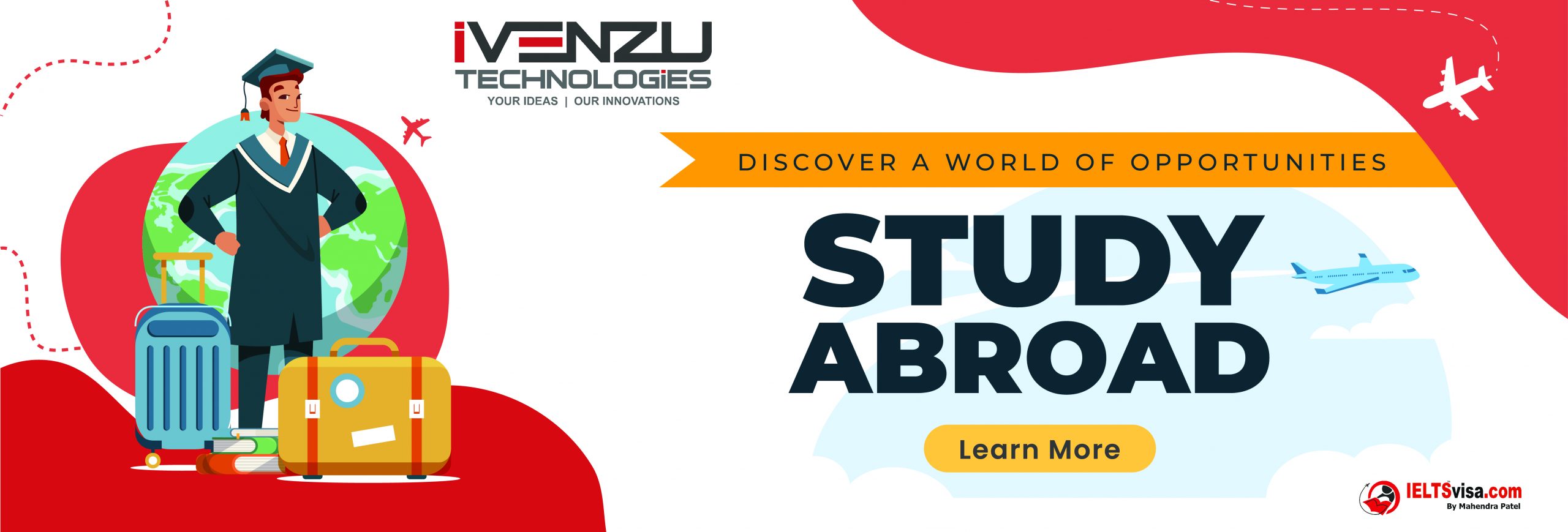
Our Books
Master IELTS Speaking Part 1
IELTS Writing Task 1 Book
IELTS Writing Task 2 Book
Practice IELTS Other Modules
IELTS Listening
The IELTS Listening test assesses how well you can understand spoken English in various contexts. It lasts about 30 minutes and is divided into four sections with a total of 40 questions. The listening tasks become increasingly difficult as the test progresses.
IELTS Academic Reading
The IELTS Academic Reading section assesses your ability to understand and interpret a variety of texts in academic settings. It is designed to evaluate a range of reading skills, including skimming for gist, reading for main ideas, reading for detail, understanding inferences, and recognizing a writer's opinions and arguments.
IELTS Speaking
The IELTS Speaking test assesses your ability to communicate in English on everyday topics. It lasts 11-14 minutes and consists of three parts: introduction, cue card, and a discussion based on the cue card topic.
IELTS General Reading
IELTS General Reading tests your ability to understand and interpret various types of texts. Here are some key areas and types of content you can expect to encounter in the reading section, along with tips for effective preparation.
IELTS Academic Writing Task 1
In IELTS Academic Writing Task 1, you are presented with a visual representation of information, such as graphs, charts, tables, or diagrams, and you are required to summarize, compare, or explain the data in your own words.
IELTS General Writing Task 1
In IELTS General Writing Task 1, you are required to write a letter based on a given situation. The letter can be formal, semi-formal, or informal, depending on the prompt. Here’s a breakdown of the key components to include in your letter
IELTS Academic Writing Task 2
In IELTS Academic Writing Task 2, you are required to write an essay in response to a question or topic. Here’s a guide to help you understand the essential elements of this task
IELTS Exam Tips
To succeed in the IELTS exam, practice regularly, familiarize yourself with the test format, improve your vocabulary, develop time management skills, and take mock tests to build confidence.
Grammer for IELTS
Grammar is the foundation of effective communication in English. Understanding tense usage, subject-verb agreement, and sentence structure enhances clarity and coherence in writing and speaking.
Vocabulary for IELTS
Vocabulary plays a crucial role in the IELTS (International English Language Testing System) exam, especially in the Speaking and Writing sections. Here’s an overview of why vocabulary is important and how it impacts your performance
RECENT IELTS SAMPLES QUESTIONS AND ANSWERS
IELTS Speaking Part 1 – Favourite Sujbect – Physics
IELTS Speaking Part 1 - Favourite Sujbect - Physics Q: What is your favourite subject? A: My favourite subject...
IELTS Speaking Part 1 – Present Situation (Student)
IELTS Speaking Part 1 - Present Situation (Student) Q1: Are you a student or do you work?A: I’m a full-time...
IELTS Speaking Part 1 – Present Situation – Employee – as an International Student and Social Worker
IELTS Speaking Part 1 - Present Situation - Employee - as an International Student and Social Worker Q1: Are...
IELTS Speaking Part 1 – Persent Situation – Employee- as an Electric Engineer
IELTS Speaking Part 1 - Persent Situation - Employee- as an Electric Engineer Q1: What do you do for a...
IELTS Speaking Part 1 – Persent Situation – Employee – as an Software Engineer
IELTS Speaking Part 1 - Persent Situation - Employee - as an Software Engineer Q1: What do you do for a...
IELTS Speaking Part 1 – Persent Situation – Married
IELTS Speaking Part 1 - Persent Situation - Married Q1: Are you married?A: Yes, I am married. My spouse and I...

